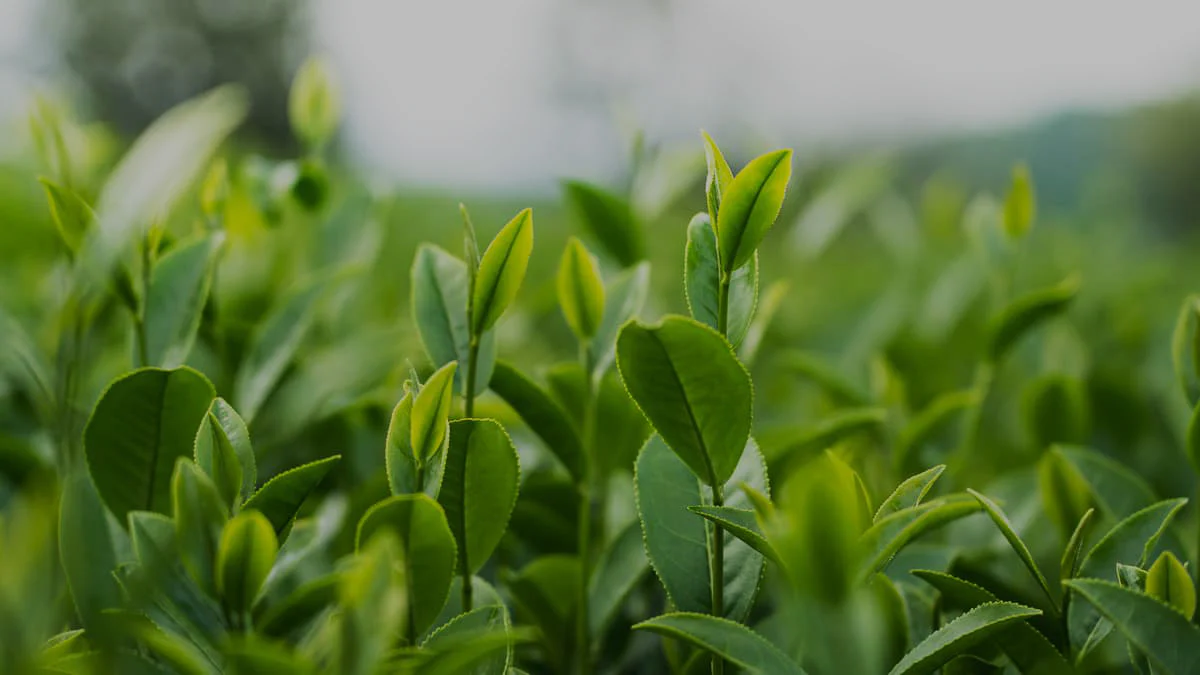Ready to explore the world of loose-leaf Japanese tea? Our Kyusu Starter Set comes with Tokoname-yaki kyusu (in either red or black) and two porcelain cups with a pine needle motif. We’ve also included 10g samples of our three best-selling teas.
The set contains:
- Tokoname-yaki Kyusu - Your choice of red (200ml) or black (200ml) teapot with built-in ceramic strainer
- 2x 100ml Mino-yaki Pine Needle Porcelain Yunomi (teacups)
- 10g bags of Asanagi Sencha, Takamura Kamairicha, and Zansho Houjicha
- Instructions card
- A little surprise
- Gift Box
Teaware You'll Enjoy Using

Tokoname-yaki Kyusu
The perfect all-round teapots, ideal for both solo and group tea sessions, feature built-in ceramic filters for naturally straining tea.
Tokoname-yaki (常滑焼) is a type of Japanese pottery that has been made in Tokoname since the 12th century.
Mino-yaki Pine Needle Yunomi
Decorated with an elegant matsuba (松葉 - pine needle) motif, these cups are suitable for all types of tea.
Mino-yaki (美濃焼,) is a type of Japanese pottery produced in Mino Province in Gifu Prefecture, Japan.
Carefully Selected Teas
Sencha
Asanagi
Grown in the rolling hills of Wazuka, this Okumidori sencha captures the essence of Kyoto's famed terroir.
While Uji may be the most famous tea region in Kyoto, most Ujicha is actually grown in the neighbouring town of Wazuka, which produces almost 50% of Kyoto's tea. Dating back over 800 years, tea from Wazuka is known for its deep umami flavour.
Asanagi is grown unshaded, which is uncharacteristic for Uji tea, but allows for the deep, natural umami of Wazuka sencha to shine through.




Kamairicha
Takamura
The rare pan-fired processing of this kamairicha from Kumamoto gives Takamura its savoury and nutty flavour.
Though older than sencha, kamairicha makes up less than 0.5% of Japanese tea produced today. This traditional tea is smooth and easy drinking, with less astringency than most sencha.
Kumamoto has a long history of tea production, dating back to the 12th century. In the 1600s, the pan-firing or kamairi (釜炒り) method of the production was introduced from China.
Houjicha
Zansho
Unlike most houjicha which is made from lower-quality bancha, Zansho is made by roasting first flush sencha leaves and stems, resulting in a deep, full-bodied tea. The leaves give Zansho its punch and body with the stems providing a touch of sweetness.
With a well-developed roast, this houjicha is strong enough to pair with meals yet complex enough to be enjoyed on its own.


























































